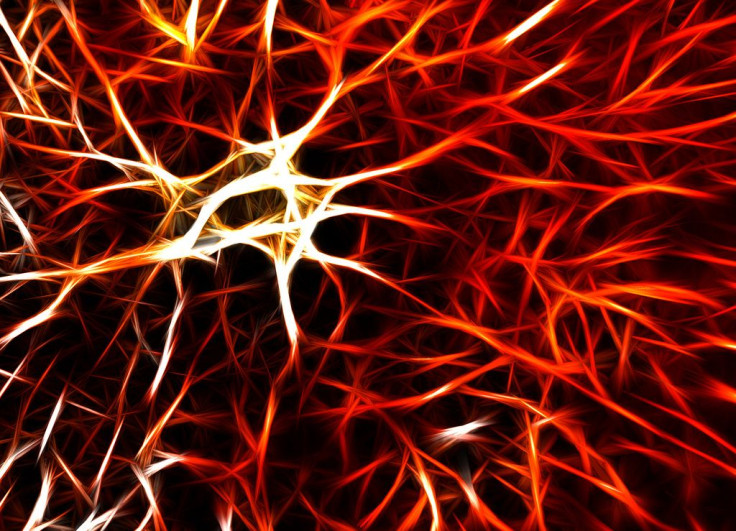Nerve Regeneration Techniques Found To Restore Bladder Function In Mice After Severe Spinal Cord Injury

The Centers for Disease Control and Prevention reports that spinal cord injuries affect 200,000 Americans and nearly 20,000 new patients occur each year. Spinal cord injuries damage any part of the spinal column, but the major component affected is the bundle of nerves that run from the brain, through the spine, and branch throughout the body. These nerves are often severed, leading to paralysis and the impaired use of muscles, lungs, bladder, and digestive system.
A new study has indicated that nerve regeneration in the spine can restore bladder function and control in mice. The bladder is among the organs most changed by spinal cord injuries. Before an injury, bladder control is signaled by the brain through the spinal cord without any conscious thoughts about it. However, after an injury, the message from the brain cannot travel down the spinal cord toward the bladder. The change in bladder control, according to Mayo Clinic, puts spinal cord injury patients at greater risk for urinary tract infections and kidney stones. The study has found that bladder function is an ability that many spinal cord injury patients rank as one of the most important to regain following injury.
Other efforts to restore nerves have been unsuccessful, thanks to an inhibitor of an enzyme that otherwise allows natural nerve regeneration after injury. Researchers added the enzyme inhibited, chonrdoitinase, as well as a fibroblast growth factor (FGF) to the severed spinal cords of the mice. They found that after a graft or nerve cells was supplied to the site of injury, the spinal cord eventually healed.
While the healing did not cause mice to start walking, they saw a significant return of bladder function over the next six months after the regeneration. The mice were nearly 40 percent more able to empty their bladders completely, could hold nearly three times the volume in their bladders when compared to untreated mice, and were able to willfully contract their bladder muscles to relieve themselves. Analysis showed that the addition of FGF and chondroitinase with the nerve graft helped the nerves in the spinal cord grow back up to 12 millimeters in length. Comparably, other attempts with just chondroitinase with the nerve graft only let the nerves grow 1 millimeter, and the addition of just FGF with the nerve graft only allowed a 2-millimeter growth of nerves in the spinal cord. This increase length of growth is important because the nerves that grow back must reconnect the bladder to the spinal cord, and often, the two structures are far from each other.
The result indicating that nerves can regenerate as far as 12 millimeters away from the source or their graft, and also reanimate something as important as the bladder, is promising. One of the authors of this publication, Yu-Shang Lee, Ph.D. of the Cleveland Clinic, commented, "This is the first time that significant bladder function has been restored via nerve regeneration after a devastating cord injury."
Another author, Jerry Silver, Ph.D. of Case Western Reserve Medical School, explained, "What endows these particular neurons with such an innately high re-growth capacity is unknown but will be an extremely important area of research in the future." However, the fact that it regenerates at all is great news for people suffering from spinal cord injuries. The method has not yet been tested in humans, but the findings indicate that regeneration over long distances, as well as a return to normal life and bladder function, is possible after paralyzing injuries.
Source: Lee Y, Lin C, Jiang H, Depaul M, Lin VW, Silver J. Nerve Regeneration Restores Supraspinal Control of Bladder Function After Complete Spinal Cord Injury. The Journal of Neuroscience. 2013.



























